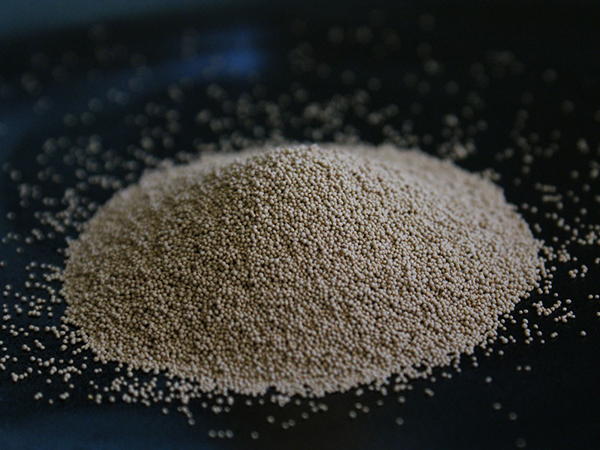The Revolution of Super Sand Bond A New Era in Construction
In the ever-evolving world of construction, innovation plays a crucial role in both efficiency and sustainability. One standout development is the emergence of Super Sand Bond, a revolutionary sand-based adhesive technology that is transforming the way we think about paving, landscaping, and other construction applications. This pioneering material not only enhances the aesthetic appeal of outdoor spaces but also addresses crucial issues related to durability and environmental responsibility.
What is Super Sand Bond?
Super Sand Bond, often formulated as a polymer-modified sand, is designed to provide exceptional adhesion between pavers, stones, and other materials. Unlike traditional sand, which can wash away over time or become displaced, Super Sand Bond utilizes a blend of natural sand and advanced polymer technology. This combination allows it to harden upon exposure to water, creating a solid bond that withstands the test of time and weather.
Advantages over Traditional Materials
One of the most significant advantages of Super Sand Bond is its resistance to erosion and displacement. Traditional sand joints between pavers are vulnerable to washout from heavy rain or pressure from foot traffic. Super Sand Bond, however, provides a protective layer that keeps the joints intact, reducing maintenance costs and prolonging the life of hardscapes.
Additionally, Super Sand Bond is designed with environmental sustainability in mind. Many formulations are made from eco-friendly materials and are free from harmful chemicals. This is particularly beneficial in residential and commercial projects where environmental impact is a growing concern. The use of Super Sand Bond can contribute to LEED (Leadership in Energy and Environmental Design) certification, helping builders and developers meet strict sustainability criteria.
Applications in Construction
Super Sand Bond has a wide array of applications within the construction industry. It is particularly well-suited for outdoor projects, including
super sand bond

- Patios and Walkways Homeowners are increasingly seeking durable and stylish options for outdoor spaces. Super Sand Bond not only enhances the beauty of patios but also ensures that they remain functional and safe.
- Pool Decks The area around swimming pools is often subjected to water exposure, making traditional sand joints insufficient. Super Sand Bond holds up exceptionally well around pools, providing both safety and aesthetics.
- Driveways With heavy vehicles driving over them, driveways require innovative solutions to maintain stability. Super Sand Bond offers the robustness needed to endure such stresses while retaining visual appeal.
- Commercial Spaces Retail and public spaces benefit from the resilience of Super Sand Bond. It can help create visually appealing outdoor environments that withstand high foot traffic and various weather conditions.
Installation Process
The installation of Super Sand Bond is straightforward, yet it requires careful attention to detail. The surface must be clean and properly compacted, and the sand should be applied evenly in the joints. Once in place, a fine mist of water activates the polymers in the sand, creating a solid bond as it dries. The result is a beautifully finished outdoor area that stands up against the challenges of nature and use.
Conclusion
As the construction industry moves towards more sustainable practices, materials like Super Sand Bond are paving the way for a brighter future. Its combination of durability, ease of use, and environmental benefits makes it an invaluable asset for builders, landscapers, and homeowners alike. Embracing such innovative technologies not only enhances the structural integrity of outdoor spaces but also aligns with the global push towards responsible construction practices. In the world of durable, eco-friendly building solutions, Super Sand Bond is indeed a game changer.
Post time:Jul . 29, 2024 06:54
Next:Exploring Innovative Applications of 3D Printing Technology in Sand Casting Manufacturing Processes
